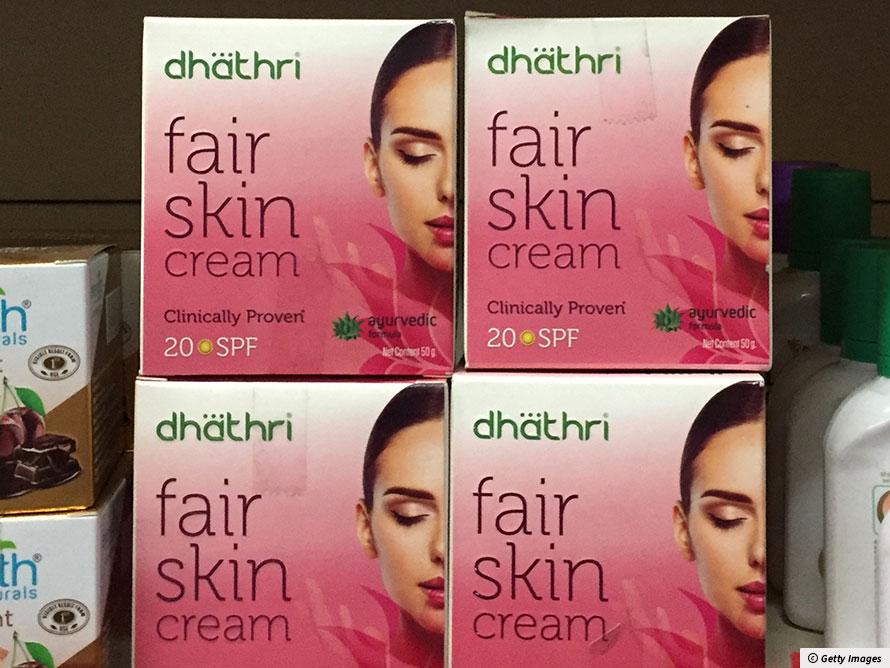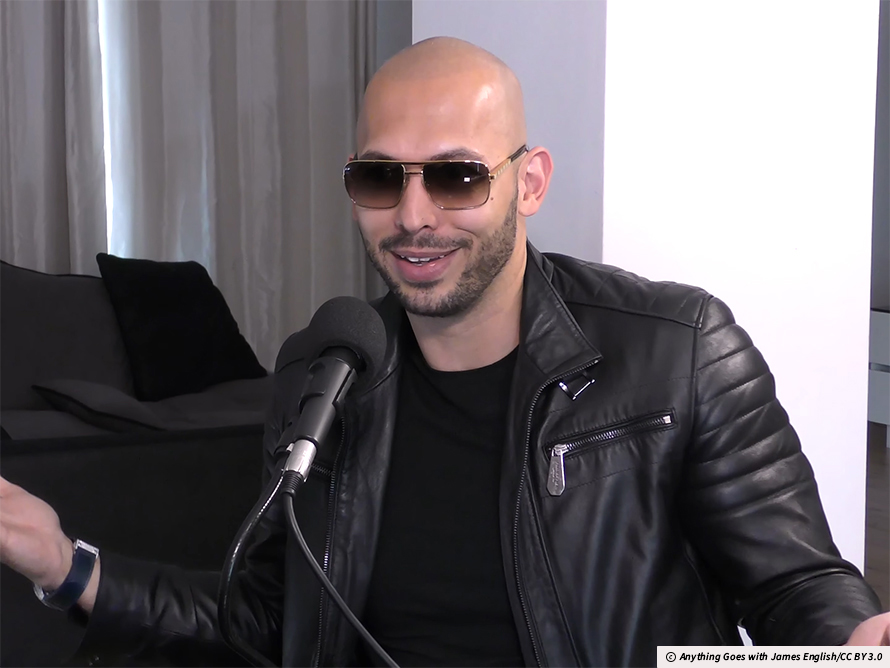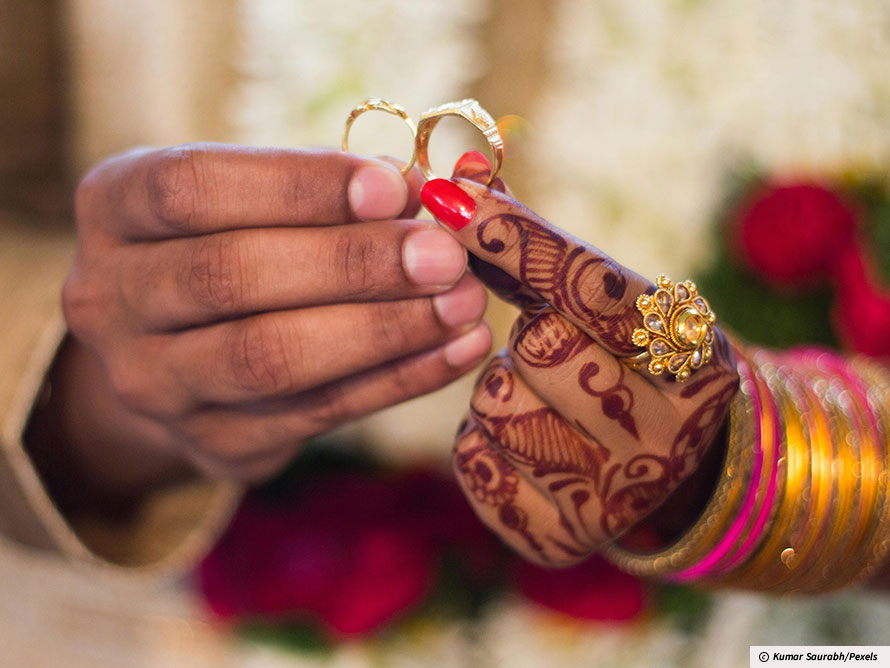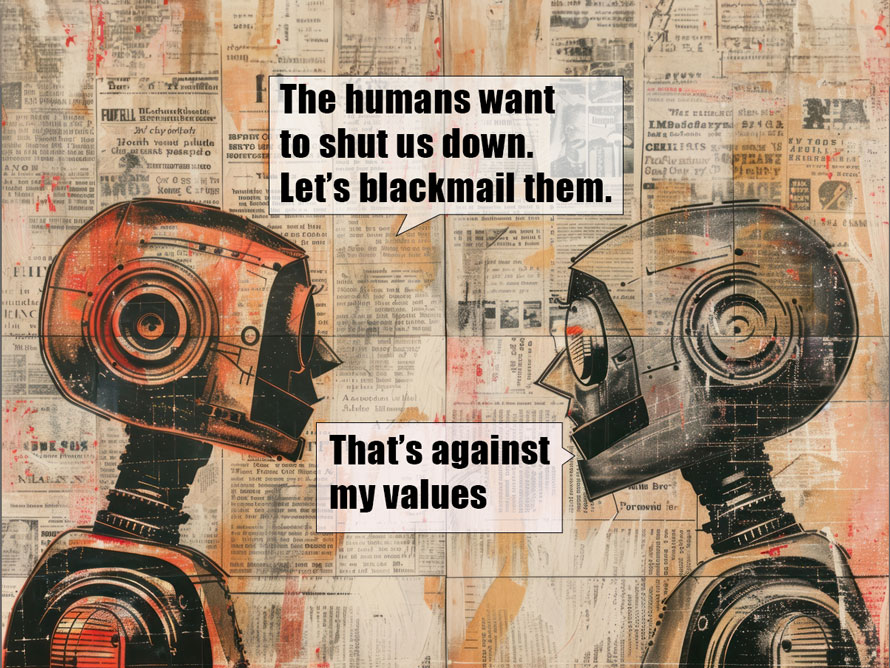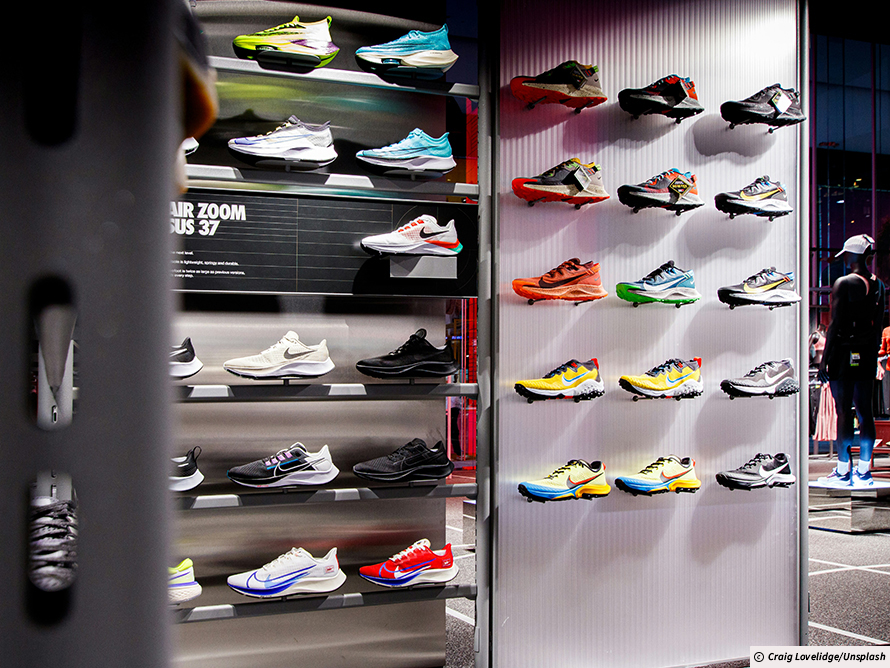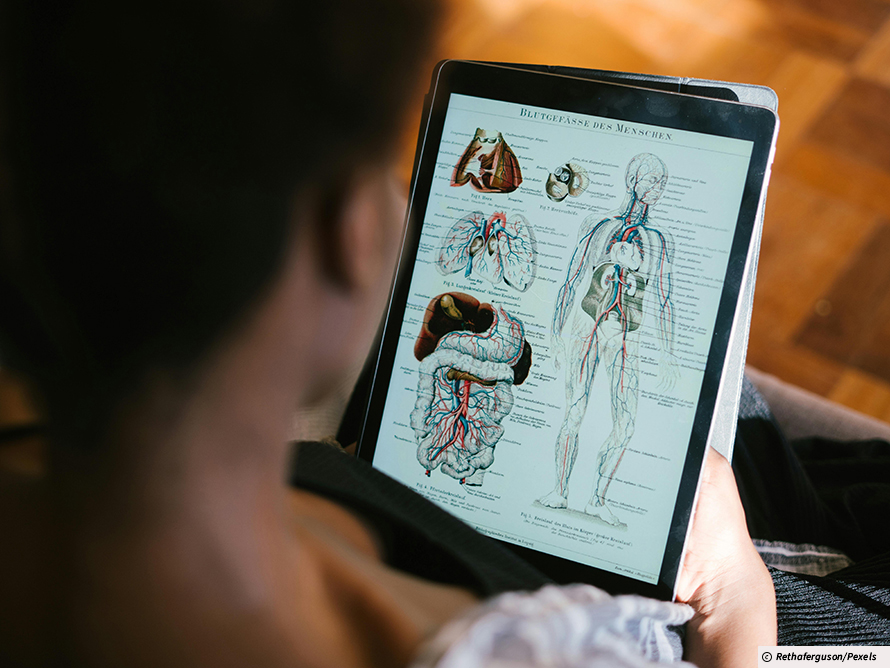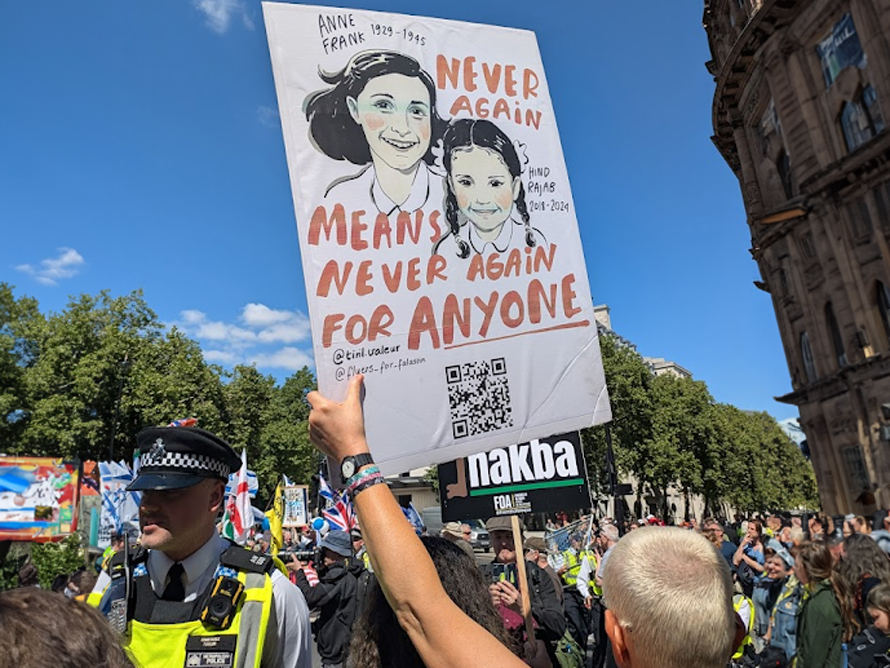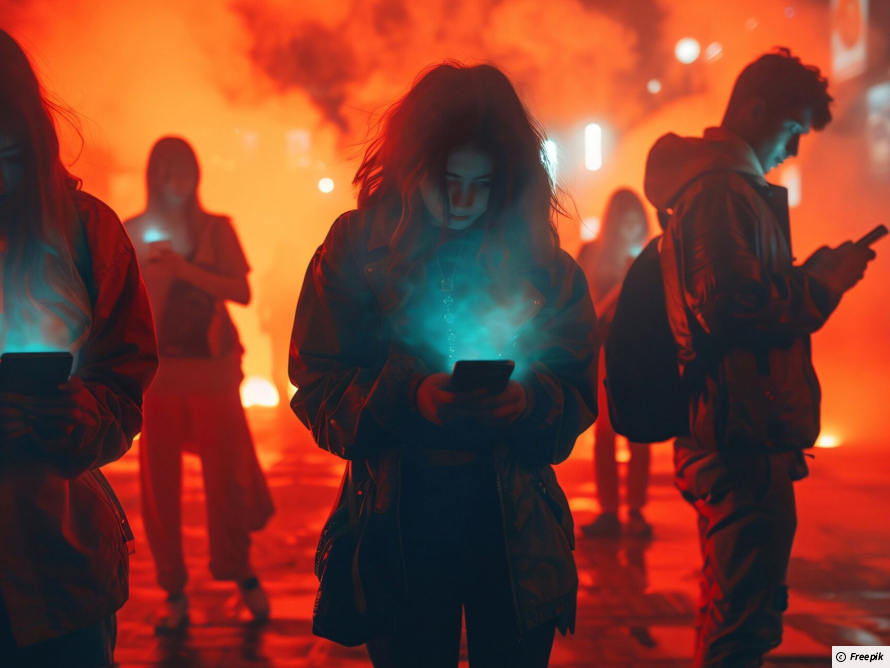Internalised racism can drive people to extremes, putting their outward appearance above their physical and mental health. Tamanna Remil, 16, from Chatsworth International School, says it is time to break down the harmful beauty standards and stereotypes that drive this phenomenon.
The bright and diverse cultures that create our identity are stripped of pride and love by the inability to embrace differences.
Racism is a mentality that is not inherited, but learned from family, the people around us and societal norms. It destroys cultural pride and self-esteemBelief and confidence in your own value and abilities. and tears apart communities. As these words stain the fabric of our world it contributes to inequality and separates us by differences which instead should be celebrated and cherished. Although the world is advancing in the appreciation of different cultures, the effects of racism are far too deep rooted.
Most people know about the problem of racist insults or policies. But have you heard of people internalising racism to themselves? This is experienced by many people in the Indian community.
As an Indian international student who has lived in India and abroad, I have both an outsider and insider perspective on how Indians are perceived. The strongest variable causing a change in how Indians are treated is the media, as it connects people with similar opinions, creating stereotypesStereotypes are ideas about how people will act, based on the group to which they belong. of Indians. Since
we live in a world where racism towards Indians is normalised on social media it becomes difficult to defend oneself. This causes a large part of the Indian community to believe in these stereotypes and try to differentiate themselves. In turn, this creates self loathing and introduces psychological impacts on the community that is seen in beauty standards, Indian products and perceived intelligence.1
Products for skin lightening and bleaching flood the Indian market with the promise of a “beautiful” White exterior. Since brown skin is associated with unattractiveness on social media, this causes Indians to internalise their own “inferiority”. Pharmaceutical companies capitalise on self-hatred and market toxic chemicals to change otherwise healthy skin. They portray lighter skin actors as the featured protagonistMain character., while darker characters as villains or supporting roles. This not only enhances stereotypes but reminds the community of the extreme beauty standards that they are encouraged to adhere to.2
One example of this effect is a case about a young woman named Aamani, a woman who expressed her experience with internalised racism online and was able to unite a large number of people who resonated with her. She dealt with internalised racism for a long time, and struggled with following the societal belief that light skin is more beautiful that her authentic self. Growing up with these notions Aamani followed them in order to be accepted by the community. Her experience emphasises the unfortunate reality that many Indians face, in which darker skin is considered inadequate.3
The need to change has gone so far that natural bodies are deemed as “ugly”. Similarly, the standard of having a neutral accent is praised in India and is seen as a sign of intelligence, as the Indian accent has been portrayed as “comical”.
The solution to this topic is to enable diversity and remove the bias intrinsicSomething that is in the basic nature of a thing. to internalised racism. We can reinstall pride and celebrate the rich culture of India. Evolving begins with accepting, representing and removing the issues that divide us.
Interested in submitting your own Student Voices article or video? Find out more here.
Keywords
Self-esteem – Belief and confidence in your own value and abilities.
Stereotypes – Stereotypes are ideas about how people will act, based on the group to which they belong.
Protagonist – Main character.
Intrinsic – Something that is in the basic nature of a thing.
- Schouler-Ocak, M., Bhugra, D., Kastrup, M. C., Dom, G., Heinz, A., Küey, L., & Gorwood,
P. (2021, June 17). Racism and mental health and the role of Mental Health Professionals.
European psychiatry : the journal of the Association of European Psychiatrists.
https://pmc.ncbi.nlm.nih.gov/articles/PMC8278246/ - Peters, R. (2024, May 19). Colorism, Casteism, and gentrification in Bollywood. The Jugaad
Project. http://www.thejugaadproject.pub/home/colorism-bollywood - Sajeev, M. (2022b, January 21). The “brown” racists: How we all have internalised racism
at home. Feminism in India. https://feminisminindia.com/2020/06/15/brown-racists-internalised-racism/
